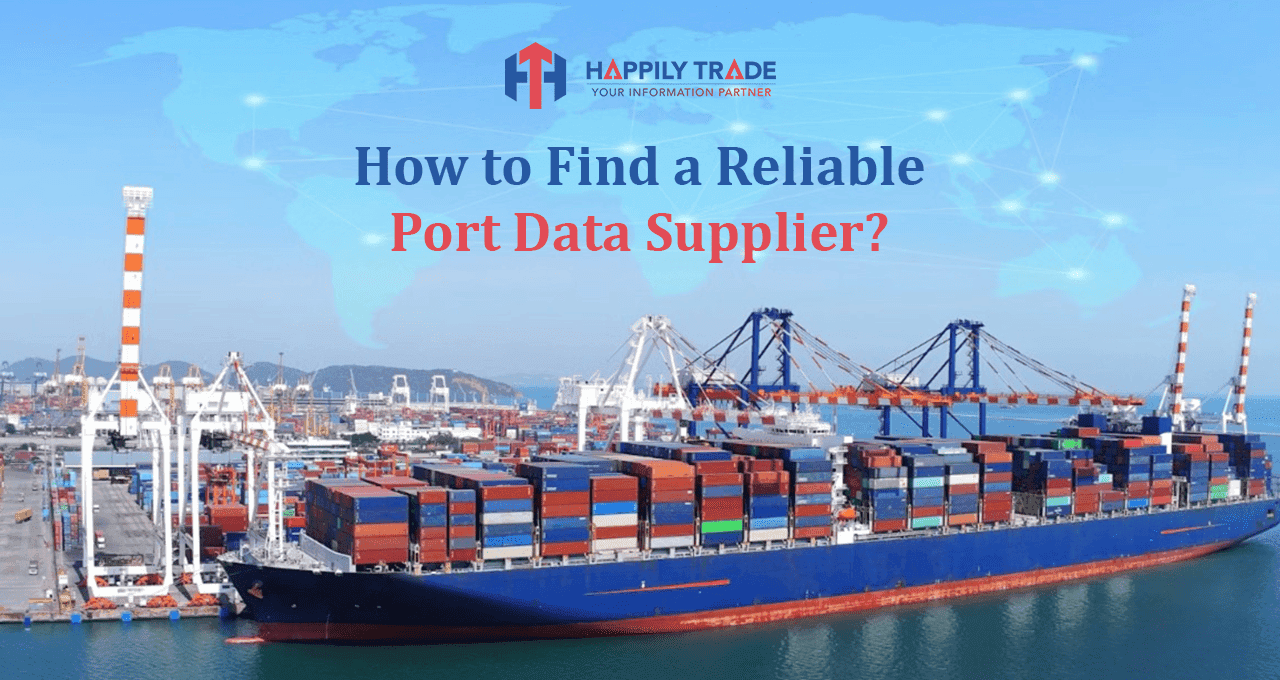The Growing Global Demand for Cement
Cement is one of the most essential materials for infrastructure, real estate, roadways, and industrial construction. As urbanization spreads across continents and economies expand, the global need for cement continues to grow. Cement exports from India have seen steady growth over the past decade, with Indian manufacturers seeking consistent international buyers across Asia, Africa, Europe, and beyond.
But how do you identify which countries are importing cement in high volumes? How do you know which buyers have active requirements or which ports they are shipping through? That's where cement import export data India comes into play.
Why Cement Export Import Data is Crucial
We offer businesses access to accurate, verified trade data that goes beyond numbers it reveals market trends, buyer behaviour, pricing, and logistics patterns. Here how this data can help you find and connect with cement buyers globally:
1. Identify Active Buyers and Markets
Cement export import data provides a real-time list of global importers, categorized by country, quantity, value, and frequency of trade. You can easily track who's buying, how much they are buying, and how often. With this insight, you can prioritize high-demand markets and buyers who already have experience importing cement from India or similar markets.
We give you access to updated datasets that include consignee names, contact details, port of discharge, and more. This reduces your research time and puts you in direct contact with serious buyers.
2. Analyse Competitor Activity
Understanding who your competitors are selling to is just as important as knowing your buyers. By studying cement import export data, you can identify which Indian suppliers are shipping to which international clients. This not only reveals potential new buyers but also helps you assess pricing trends and market saturation.
You can also see which ports your competitors are using, what kind of packaging they offer, and the frequency of their shipments. With this competitive intelligence, you can position your offer more strategically.
3. Negotiate with Confidence
Understanding the average import cost per ton of cement in your target market provides a significant advantage at the negotiation table. Whether you are exporting OPC (Ordinary Portland Cement), PPC (Pozzolana Portland Cement), or white cement, our data helps you accurately benchmark your pricing. With this information, you can confidently present your product and pricing, knowing you are in line with, or even ahead of, international trends.
4. Track and Target Specific Trade Routes
Cement trade is highly dependent on logistics and shipping costs. That's why it's important to know which routes are active and cost-efficient. Cement export from India is often routed through key ports such as Mundra, Kandla, or Chennai. With import and export data, you can analyse which trade routes are being used most frequently and plan your logistics accordingly. We help you filter shipments by origin and destination ports, vessel names, container types, and more, providing a comprehensive trade map to work with.
5. Validate Buyer Authenticity
Reaching out to buyers without validating their credibility can be risky and wasteful. The data we offer includes information about past transactions, shipment volume, and consistency, giving you a clear picture of a buyer legitimacy.
Instead of cold-calling or relying on third-party agents, you get access to direct, verified, and regularly updated buyer details. This increases trust and helps you build long-term, profitable relationships.
Cement Export from India: A Huge Opportunity
India has emerged as a significant player in the global cement market. Thanks to abundant raw materials, advanced manufacturing facilities, and increasing production capacity, India cement exports are at an all-time high.
Indian cement exporters are already shipping to countries such as Sri Lanka, Nepal, the UAE, Kenya, Bangladesh, and others. If you are not already tapping into these global opportunities, you are leaving money on the table.
That's where we come in; we make it easier, faster, and smarter for you to find verified cement importers through actionable data.
Why Choose Happily Trade Exim?
We specialize in providing reliable, real-time cement import export data from India that's easy to understand and apply. Our trade intelligence platform is designed for manufacturers, exporters, traders, and consultants who want to grow globally with confidence. Here's what sets us apart:
- Access to verified cement buyers with contact details
- Data sorted by shipment size, frequency, and destination
- Competitive insights to help you stay ahead
- Country-wise demand reports and trade trends
- Personalized customer support for your queries
Let's Build Your Global Cement Trade Together
The global cement market is full of opportunities, but success depends on having the right information readily available. With our cement import export data, you'll know who to contact, where to export, what price to quote, and how to scale.
Whether you are planning to expand your export business or seeking your first international buyer, Happily Trade Exim is your trusted partner in global trade intelligence.
If you are ready to find real buyers for your cement exports then please visit our website to explore our latest import export data, or get in touch with us for a free demo today.
Let's turn trade data into real-world growth, together.
Frequently Asked Questions
1. What is Cement Export Import Data?
It’s a record of international trade transactions involving cement, detailing shipment dates, countries, quantities, prices, exporters, and importers.
2. Why is Cement Export Import Data important?
It helps businesses analyze market trends, identify trade partners, and monitor competition in the global cement market.
3. Which countries are top exporters of cement?
Leading cement exporters include Vietnam, Turkey, UAE, and Germany, depending on the year and region.
4. What is an HS code, and why is it important in chemical trade?
Real-time data is typically available through paid trade databases or government customs portals.
5. Can I get historical data for chemical imports and exports?
Businesses use it to plan exports, find buyers, forecast demand, and adjust pricing strategies.










